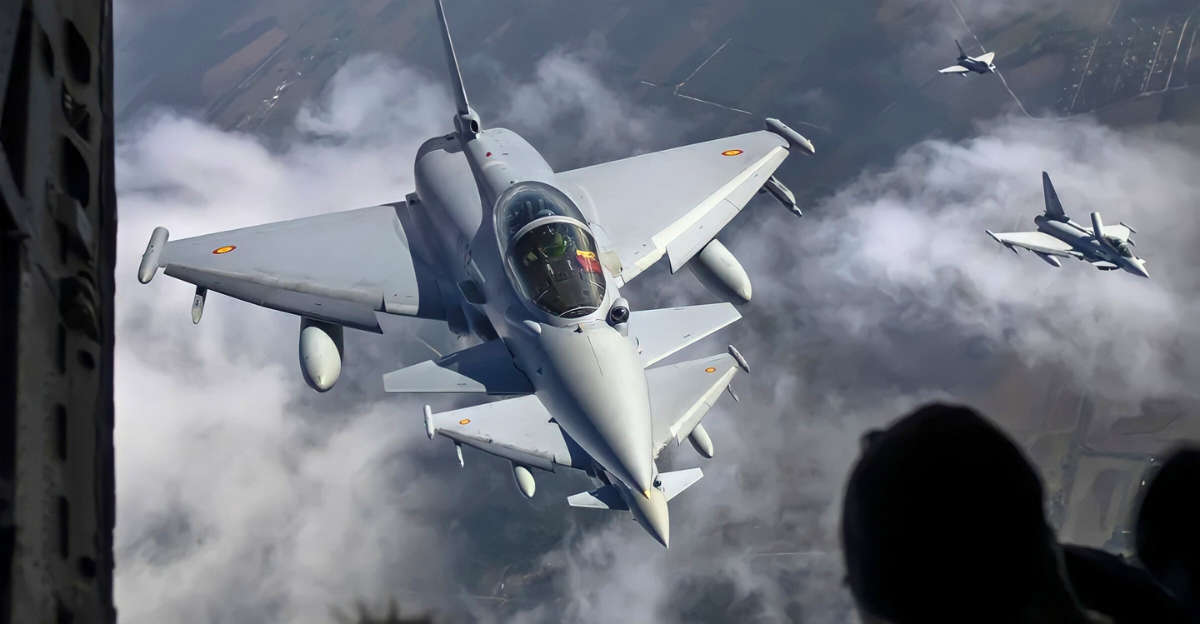
A crucial flashpoint in European security was highlighted by NATO’s recent interception of Russian Su-30 jets carrying KH-31 missiles, which destroy radar, over the Baltic Sea.
Russian military flights regularly violate NATO’s airspace sovereignty in the geopolitical hotspot that is the Baltic Sea, which is bounded by NATO members and Russia’s Kaliningrad exclave. The radar-jamming and anti-ship capabilities of these intercepted missiles pose a threat to regional stability and NATO’s maritime assets. These occurrences are not unique; they are a component of a larger trend in Russian military posture.
Historical Background of Tensions in Baltic Airspace
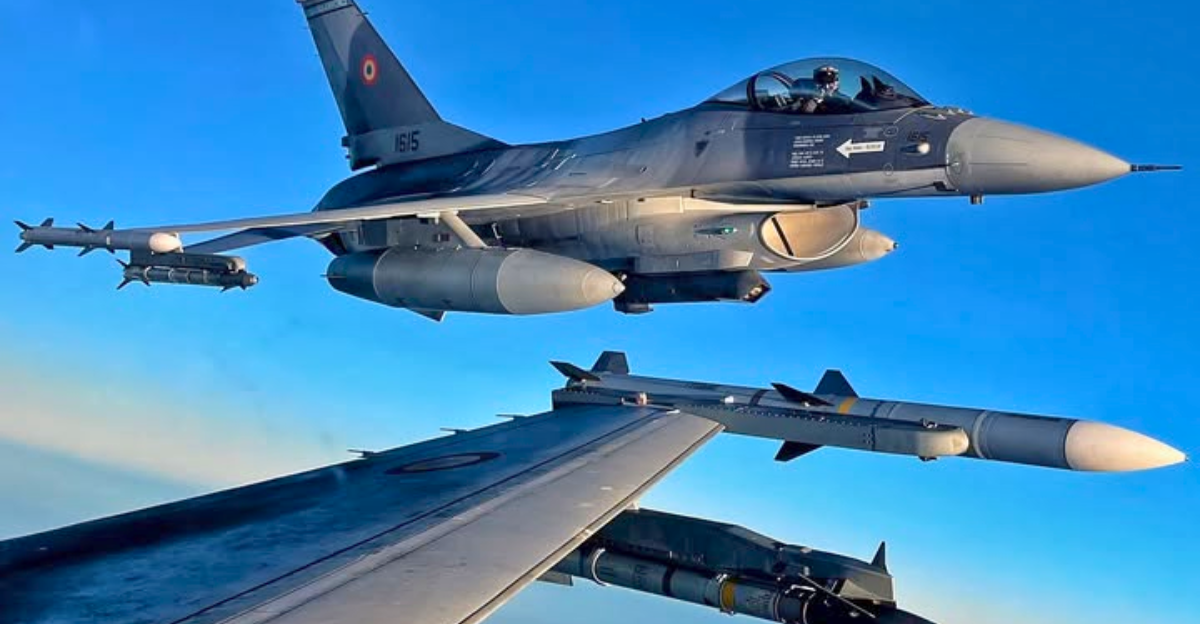
Because of its strategic location and post-Cold War alignments, the Baltic region has long been a site of military tension. Russian military actions near NATO borders, including frequent unapproved flights, have sharply increased since Russia annexed Crimea in 2014 and its invasion of Ukraine in 2022.
Intercepted Russian military aircraft operating without transponders, in violation of international aviation standards, have significantly increased in the Baltic airspace, which is shared by NATO allies and neutral nations. This conduct is reminiscent of Cold War-era provocations, but it also includes contemporary technological threats such as missiles that can destroy radar and seriously impair regional defenses.
The Function of Radar-Killing Missiles in Russian Military Strategy
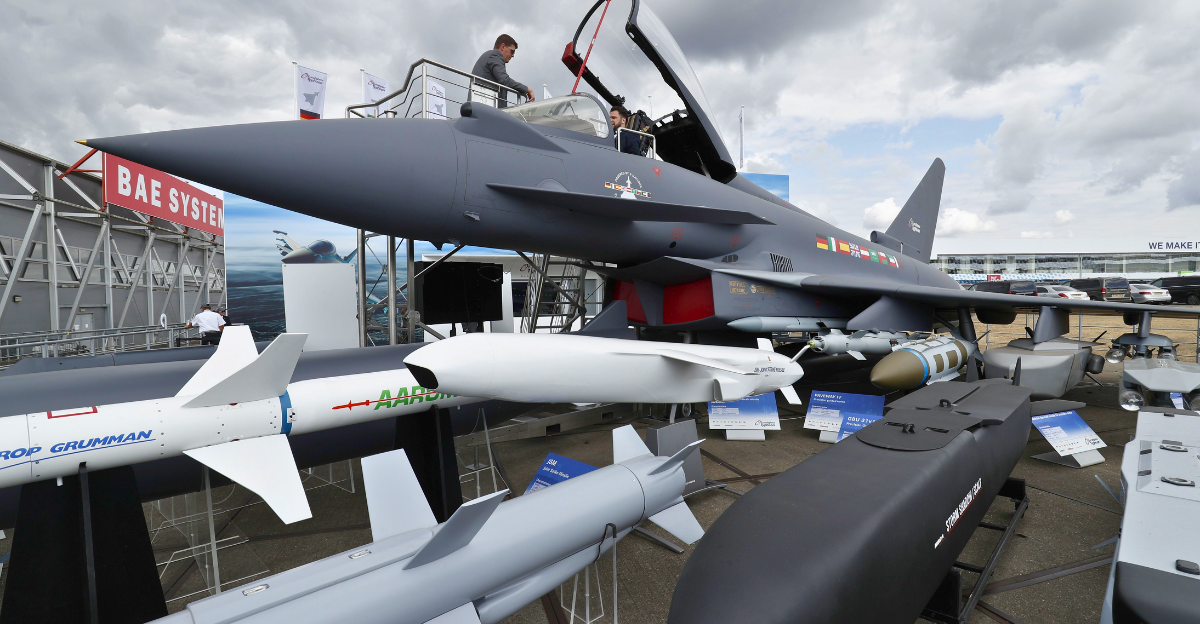
In an effort to undermine early warning and detection systems, Russia uses advanced electronic warfare and missile systems, including the KH-31, to weaken NATO’s radar capabilities.
This strategy seeks to gain dominance in any future conflict in the Baltic and surrounding regions, complicates NATO’s air defense, and increases the effectiveness of Russian strikes. Russia tests tactical and psychological limits by deploying jets carrying these missiles near NATO airspace, using these maneuvers as geopolitical displays of power and determination.
NATO’s Baltic Region Defensive Posture
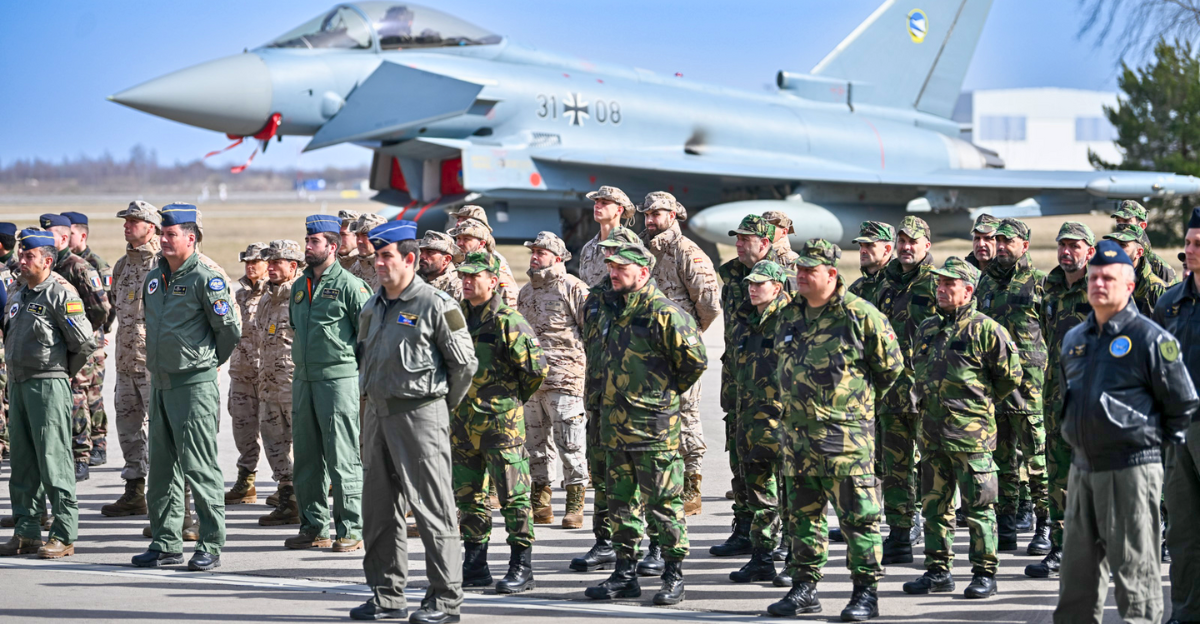
Rapid response fighter patrols from member states, such as Germany, Sweden, Poland, and the Baltic states, are part of NATO’s ongoing air policing mission.
These troops are always ready to spot, stop, and escort Russian planes that are breaking flight rules or testing NATO defenses. By intercepting aggressors without inciting armed conflict and claiming airspace sovereignty, NATO’s strategy strikes a balance between deterrence and de-escalation.
The Impact of Airspace Incursions on the Mind
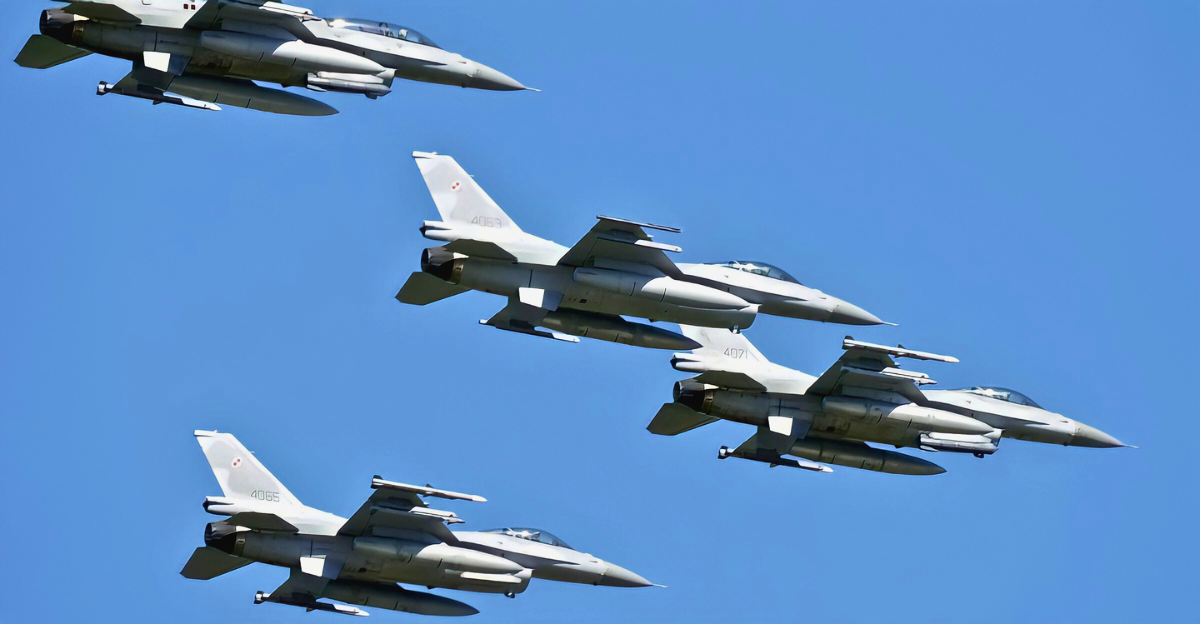
Frequent Russian advanced weapon overflights have a significant psychological impact, increasing NATO military and civilian personnel’s anxiety and unease. These intentional provocations impact defense preparedness and national security policies by fostering a continuous state of stress and heightened awareness.
Russia seeks to test Western resolve and erode alliance cohesion by raising NATO’s response thresholds. By demonstrating capability and resolve, effective NATO interceptions serve as a psychological counterbalance, reassuring member states and discouraging future provocations in addition to neutralizing physical threats.
Consequences for Maritime Security in the Baltic Sea
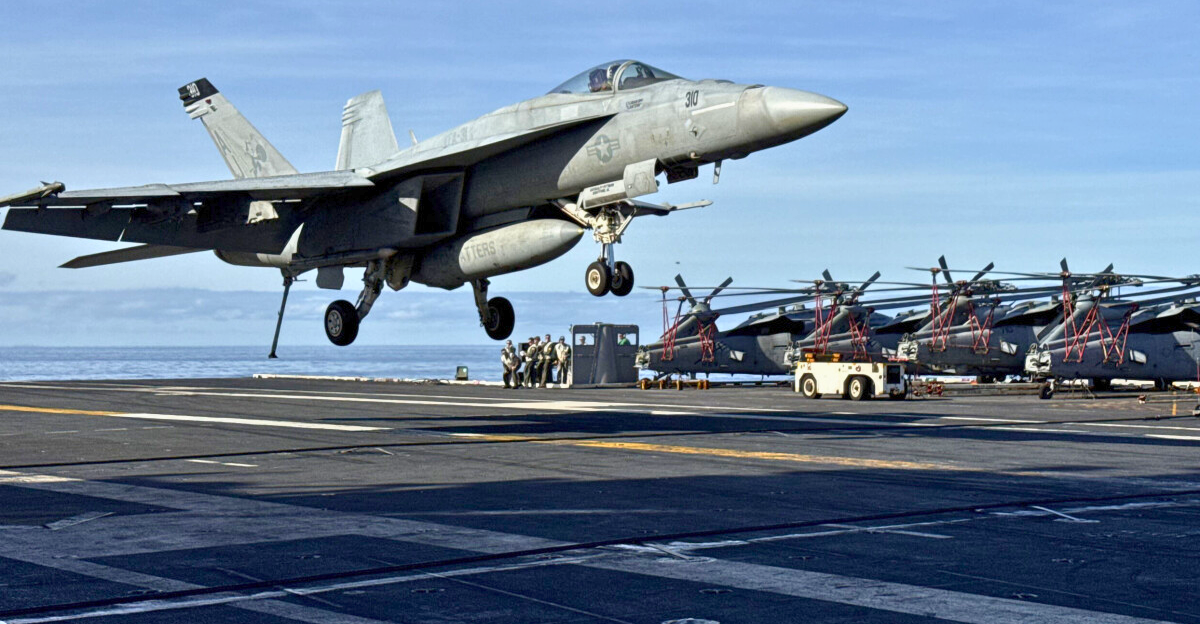
Russian jets carrying radar-killing missiles pose a direct threat to naval operations in the Baltic Sea, which is a vital route for commercial shipping and NATO’s maritime communication lines. These missiles have the ability to precisely target ships, endangering both freedom of navigation and NATO’s naval deterrent.
The importance of maritime security for energy supply routes and regional economies in the Baltic raises the stakes of aerial encounters.
NATO’s Countermeasures in Technology
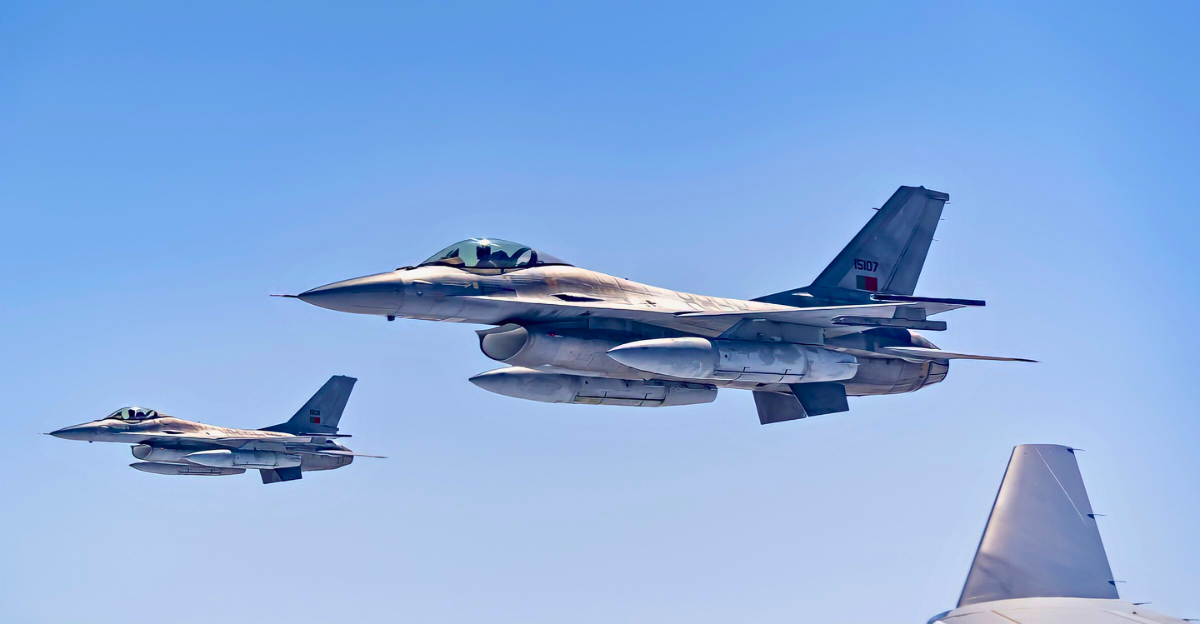
NATO makes significant investments in cutting-edge radar and electronic warfare technologies, including next-generation detection systems that can function in the face of intense electronic interference, to counter Russia’s radar-jamming missile capabilities.
In order to provide complete situational awareness, NATO also creates integrated air and missile defense networks that connect marine and ground-based sensors. This technological advantage is essential for promptly recognizing and eliminating incoming threats.
Escalation Risks Associated with Interception Missions
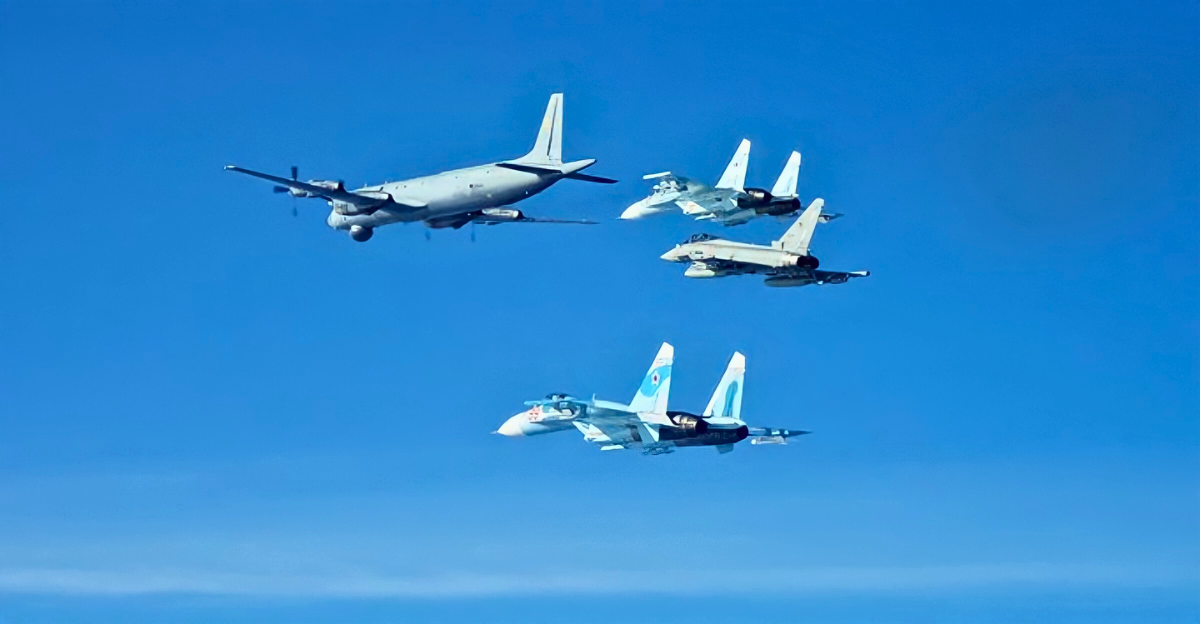
Interceptions have the inherent risk of misunderstanding or unintentional escalation, even though they stop breaches and serve as a deterrent. The margin of error is increased by Russia’s provocative flights and the use of high-speed missiles that destroy radar.
A military conflict could be sparked by a single error, like an inadvertent entry into NATO airspace or a misunderstood maneuver. Although NATO’s measured responses aim to prevent such outcomes, given the high stakes and rising tensions, the risk is still very real.
International Normative and Legal Issues
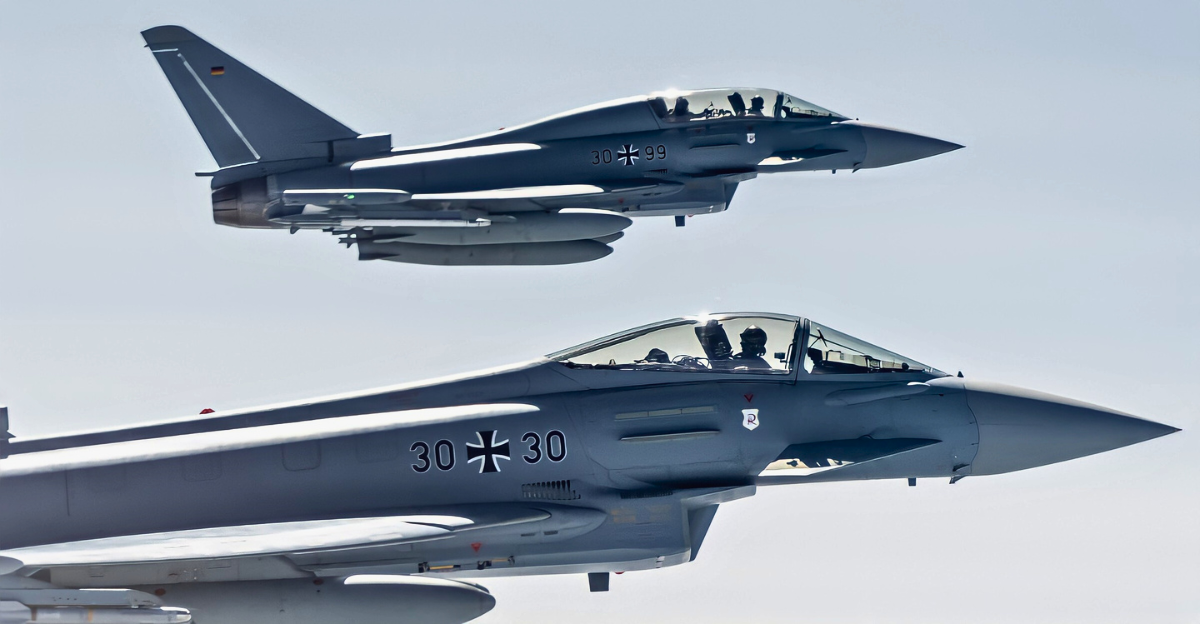
International aviation regulations are violated and established norms governing sovereign airspace are undermined by Russia’s frequent disabling of transponders and unauthorized flights. Such transgressions create risky precedents and undermine the rules-based international order.
The idea that respecting airspace sovereignty and international agreements is essential to preserving peace and security is reaffirmed by NATO’s interceptions. Since sanctions or military responses carry the risk of causing wider regional instability, the lack of harsh consequences for Russian incursions to date highlights the delicate diplomatic balancing act at play.
NATO’s Deterrence and Strategic Messaging

NATO’s interception of aircraft carrying radar-killing missiles conveys two messages: it assures member states of NATO’s protective umbrella and sends a warning to Russia that aggression will be swiftly repelled.
These widely reported interceptions serve as a deterrent against future Russian provocations by demonstrating NATO’s technological superiority and operational readiness. The alliance’s steady ability to identify and stop intrusions shows cohesion and legitimacy, two qualities that are crucial for maintaining peace through force and regional security.
Dynamics of Regional Security and the Views of the Baltic States

NATO interceptions are seen as vital lifelines by small Baltic states like Estonia, Latvia, and Lithuania, which are closest to Russia’s military movements. For both national security and deterrence against possible aggression, these nations mainly depend on NATO’s air policing.
Their governments see Russian provocations as part of a larger plan to destabilize and intimidate, and they support a strong NATO presence and improved deterrence measures.
Unusual Dangers and the Integration of Hybrid Warfare
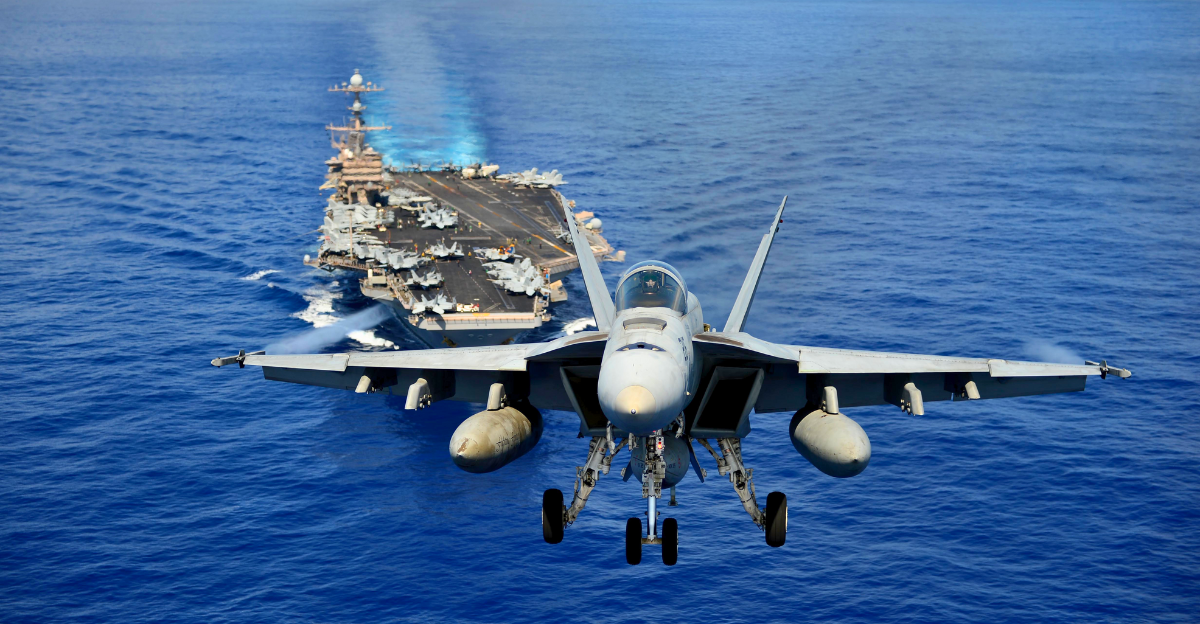
Moscow’s larger hybrid warfare strategies, which include cyberattacks, disinformation campaigns, and episodes of covert sabotage, are complemented by Russian jets equipped with radar-killing missiles. These unconventional fronts are closely related to the aerial provocations, which are meant to overwhelm NATO’s ability to respond fully.
NATO’s defense posture is complicated by this multifaceted approach, which calls for cross-domain operational planning that incorporates kinetic interception, cyber defense, electronic warfare, and intelligence sharing.
Effect on NATO’s Allocation of Resources and Defense Budget

NATO member states’ defense budgets have been steadily rising due to the rise in Russian air provocations, including those involving missiles that can destroy radar.
Significant financial and human resources are needed for expanded air policing, frequent scramble missions, and the acquisition of cutting-edge technology. The pressure on smaller NATO nations in particular to make military and financial contributions fuels discussions about burden-sharing within the alliance.
The Baltic Sea Incident of 2025
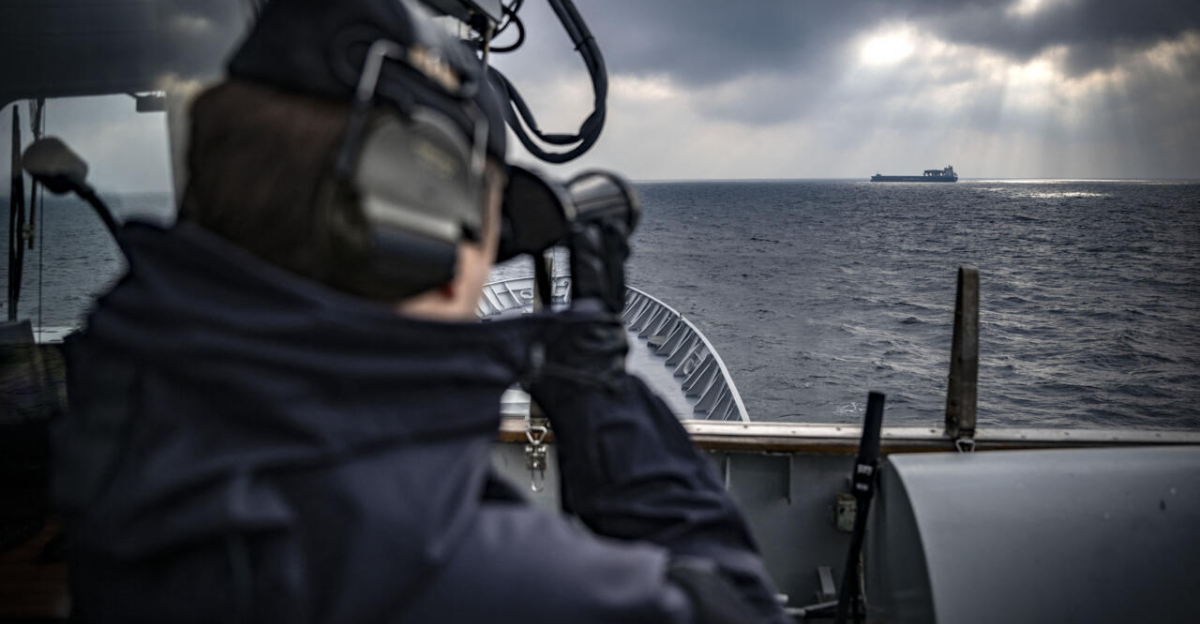
Over international airspace in the Baltic Sea, Swedish and German air forces successfully intercepted Russian Su-30 jets carrying KH-31 radar-seeking missiles in September 2025. This incident came after earlier escalations in which the air forces of several NATO nations scrambled to stop illegal Russian flights close to NATO borders.
NATO’s operational coordination and quick communication among its member air forces were demonstrated by the interception. Additionally, it emphasized how aerial threats are constantly changing and how crucial it is to maintain constant watchfulness against new missile technologies that seek to compromise NATO’s integrated air defense systems.
The Function of Surveillance and Intelligence
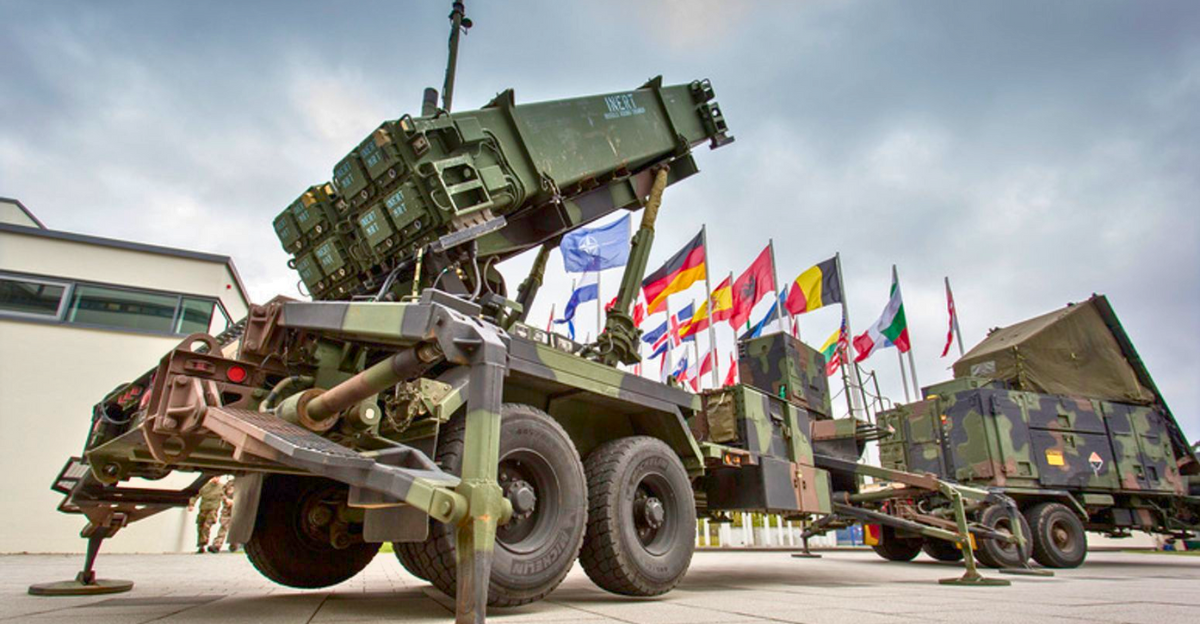
NATO’s ability to identify and react to Russian incursions using sophisticated missile systems is based on accurate intelligence collection and surveillance. Real-time data from electronic signal interception, radar tracking, and satellite monitoring allows for prompt reactions.
As NATO members continue to improve their intelligence fusion and sharing, operational effectiveness increases, and ambiguity during intercept missions decreases. Intelligence is also a critical strategic component in predicting Russian moves and planning appropriate NATO responses that prevent escalation while preserving deterrence.
Media Narratives and Warfare

Russia and NATO both use psychological warfare in addition to media narratives that present these Baltic events in opposing ways. NATO places a strong emphasis on defense readiness and regional security, while Russia presents its incursions as regular flights and a justifiable defense posture.
Media coverage shapes support for ongoing vigilance and defense spending by influencing political will and public opinion within member states. NATO’s media-savvy communication combats Russian disinformation, preserving alliance unity and exhibiting openness to both domestic and international audiences.
Over-Militarization Risks
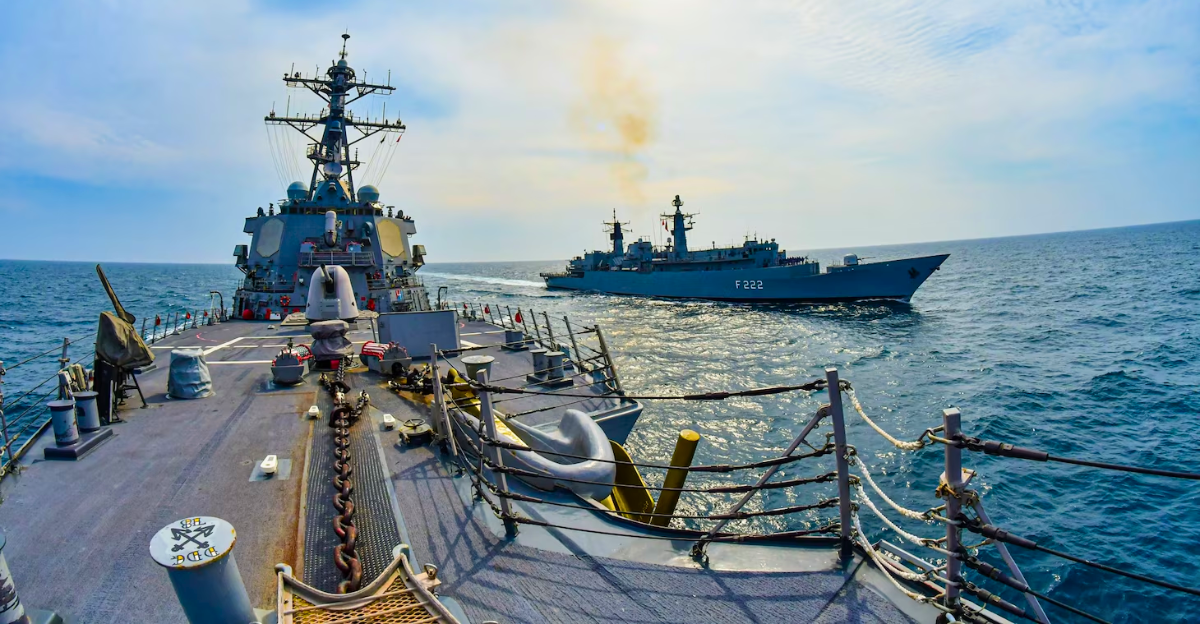
The Baltic Sea runs the risk of becoming a perpetual battleground due to ongoing militarization and interception. NATO’s aggressive air policing, according to some analysts, may cause needless escalation and prompt Russia to intensify its military provocations or adopt riskier tactics.
It is recommended that investigating diplomacy and confidence-building strategies, in addition to military preparedness, should be at the order of the day. It demands creative methods that combine de-escalation techniques with military deterrence.
Other Hotspots Around the World

The dynamics of the Baltic Sea are similar to those in disputed regions where military brinkmanship and cutting-edge missile technology produce enduring flashpoints, such as the South China Sea and the Taiwan Strait. The Baltic Sea conflicts are more complex and high-stakes than those in these other areas because they involve NATO’s collective defense commitment.
NATO’s Baltic strategy could benefit from lessons learned from these other hotspots regarding how to handle military encounters, avoid unintentional escalation, and combine deterrence with diplomatic engagement in order to preserve stability in a tense environment.
Possible Escalations

Future aerial clashes near NATO’s borders are probably going to get more intense as radar-killing and hypersonic missile technologies proliferate. NATO will be compelled to increase its investments in cyber, electronic, and missile defense technologies as a result of Russia’s persistent emphasis on asymmetric warfare capabilities.
These patterns increase the possibility of unintentional or deliberate escalation, particularly in the event that miscommunications take place during flights that are intercepted. To reduce the escalating threat while maintaining credible deterrence, NATO must improve multilateral crisis management, backchannel diplomacy, and rapid decision-making frameworks.
Final Evaluation
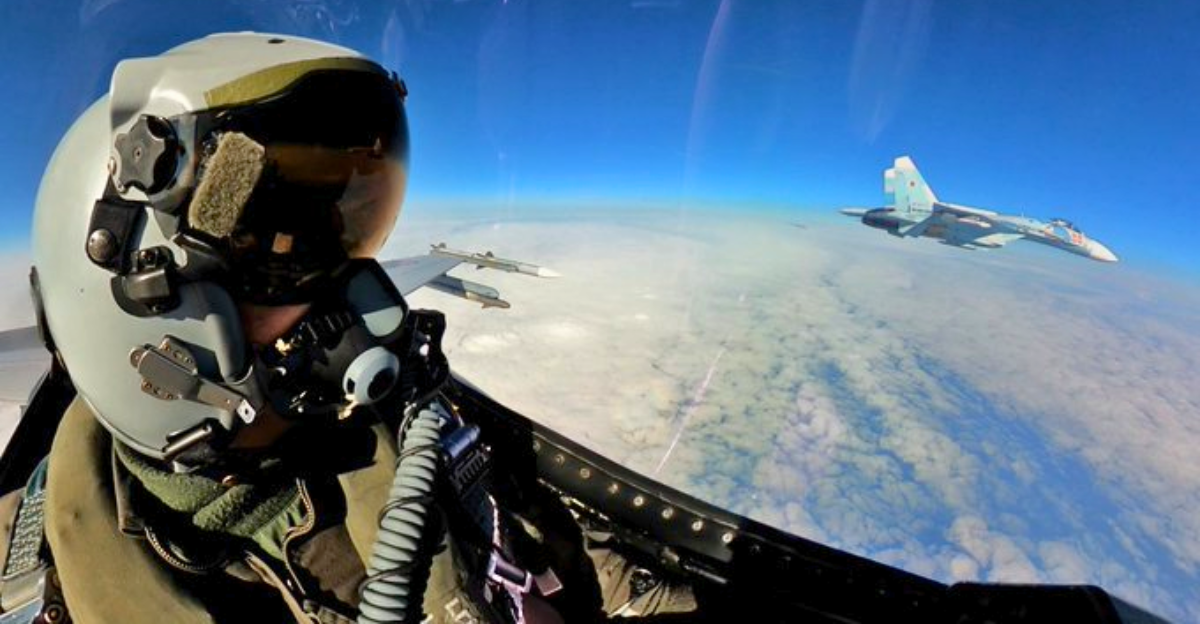
In a high-stakes geopolitical battle, NATO’s interceptions of Russian jets carrying radar-killing missiles over the Baltic Sea are strategic acts of resilience and deterrence rather than merely tactical defense.
NATO protects the security of its members and the integrity of its airspace by aggressively opposing Russian provocations and making it abundantly evident that aggressive posturing will not be accepted. In the face of changing threats, this harmony between alertness and moderation keeps things from getting worse, keeps alliances together, and preserves regional stability.